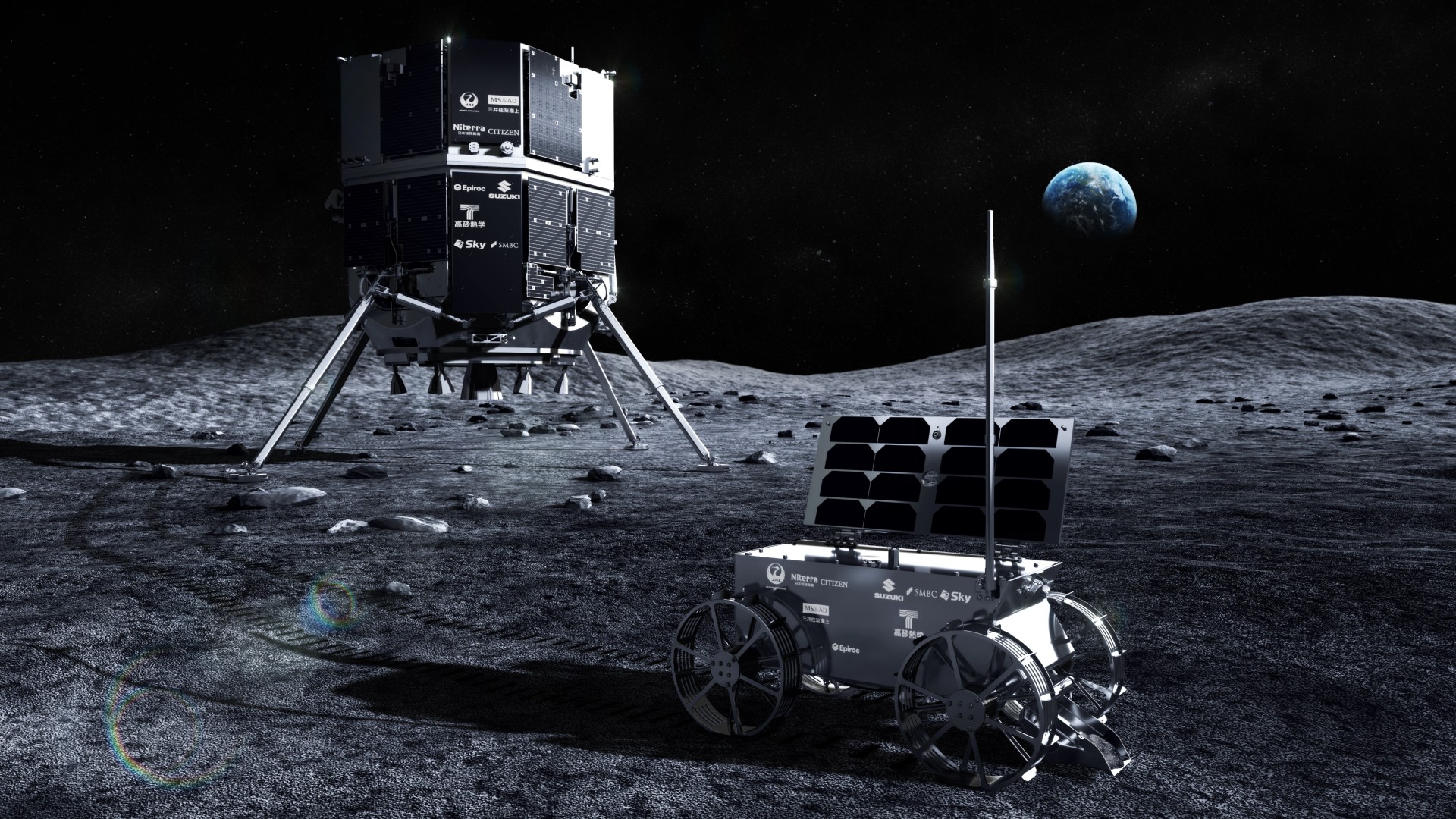
Private Japanese moon lander crashed due to laser errors, ispace says
How did your country report this? Share your view in the comments.
Diverging Reports Breakdown
Private Japanese moon lander crashed due to laser errors, ispace says
A Japanese company’s moon lander crashed on the lunar surface earlier this month. The company, ispace, has released a statement detailing just what went wrong with the lander. It was the second time ispace lost a lander while coming down onto the moon’s surface. NASA’s Lunar Reconnaissance Orbiter spied Resilience’s gravesite from its perch in orbit around the moon two weeks after its hard landing.. The 7.5-foot (2.3-meter) Resiliences launched atop a SpaceX Falcon 9 rocket on Jan. 15, 2025 alongside another moon. lander built by Texas-based Firefly Aerospace. That lander, named Blue Ghost, successfully landed on March 2, marking the second-ever successful soft moon landing of a private spacecraft. The next two of ispace’s moon landing missions will use a larger, more capable lander known as Apex 1.0.
A lander built by Japanese company ispace crashed on the lunar surface while attempting to make the nation’s first private moon landing earlier this month — and now we know why.
Today (June 24), ispace released a statement detailing just what went wrong with the lander, named Resilience. The company said the spacecraft’s laser range finder, or LRF, experienced an anomaly that prevented Resilience from obtaining valid measurements of its distance from the lunar surface. This prevented the moon lander from decelerating at the proper rate, causing it to crash.
The Resilience moon lander made that “hard landing” on June 5 as it tried to touch down near the Mare Frigoris region of the moon’s near side, also known as the “Sea of Cold.” It was the second time ispace lost a lander while coming down onto the lunar surface; in April of 2023, the company lost its Hakuto-R lander in a similar way.
ispace is still unsure what caused the anomaly in Resilience’s laser range finder, but identified four possible direct causes.
For one, the company says it’s possible the reflectivity of the lunar surface “exhibited unexpected properties,” preventing the spacecraft from determining its correct altitude.
Another possibility is that the angle of the laser relative to the lunar surface “contributed to the reduced reflectivity,” or that lower laser power on Resilience likewise made the range finder’s reflectivity too low for the spacecraft to sense its surroundings correctly.
ispace said it’s also possible the spacecraft simply didn’t perform at high speeds as well as expected, or that radiation could have degraded the performance of the spacecraft. All four of these possibilities were ruled to be “likely causes” of Resilience’s crash.
Get the Space.com Newsletter Breaking space news, the latest updates on rocket launches, skywatching events and more! Contact me with news and offers from other Future brands Receive email from us on behalf of our trusted partners or sponsors
An artist’s depiction of ispace’s Resilience lander during a livestream of its lunar landing attempt on June 5, 2025. (Image credit: ispace)
Some two weeks after Resilience’s hard landing, NASA’s Lunar Reconnaissance Orbiter (LRO) spied the lander’s gravesite from its perch in orbit around the moon. LRO was able to see a dark smudge on the moon’s surface, which was created when the lander kicked up a “halo” of lunar regolith, or moon dust.
The ispace Resilience lunar lander crash on June 5, 2025 created a dark smudge surrounded by a subtle bright halo, as imaged here by NASA’s Lunar Reconnaissance Orbiter. (Image credit: NASA/GSFC/Arizona State University.)
ispace is already planning corrective actions in light of the loss of its second moon lander. The company plans to strengthen the testing and verification of its landing sensors, including its laser range finders, and find ways to improve its landing system hardware.
ispace has already planned to include further vision-based landing sensors on its next two upcoming moon lander missions. Those missions, known as Mission 3 and Mission 4, respectively, will use a much larger, more capable lander known as Apex 1.0.
The 7.5-foot (2.3-meter) Resilience launched atop a SpaceX Falcon 9 rocket on Jan. 15, 2025 alongside another moon lander built by Texas-based Firefly Aerospace. That lander, named Blue Ghost, successfully landed on March 2, marking the second-ever successful soft moon landing of a private spacecraft.
Blue Ghost operated for two weeks as designed, finally losing power when the sun set on March 16, depleting its solar cells of their power source.
